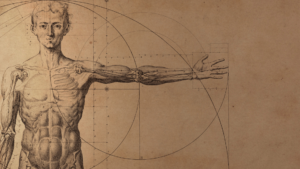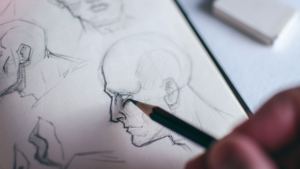
If you’re in a band, you’ve probably heard of a Digital Audio Workstation, a piece of software that is used to record music. But what is it really? Is it a piece of hardware? Is it a computer? Does it need to be an Apple product? What’s the difference between a DAW, a computer, and a piece of hardware? And what about the terms “reaper” and “sequencer”? These are just some of the most common questions asked in regards to DAW software.
While there is a lot of software out there, there are very few that are free. The goal of this post would be to help you get started with a free DAW and to explain some of the options and the features of a DAW.
What is a DAW (Digital Audio Workstation)?
The DAW stands for Digital Audio Workstation, and it is used to create, manipulate, and edit sounds for recording or production purposes. A DAW’s primary characteristic is that it is meant to be a universal platform upon which you can store, edit, and share all your audio projects. What’s more impressive is that you can create sophisticated, intricate, and artistic sounds through a DAW.
Almost all modern music software uses DAWs, with a few exceptions. Some people use DAWs in physical studios and other locations with a DAW.
The term Digital Audio Workstation, or DAW, is a term used to describe the software that musicians use to create, edit, produce, or perform music. DAWs vary in their complexity, but many have similar features. They allow you to edit audio clips by rearranging, cutting, and changing individual parts of the audio. But the same basic tools can be used for audio recording and mixing.
It helps people to make music by sequencing multiple tracks into a song. The most popular DAWs are:
- Pro Tools – Pro Tools is also one of the most popular DAWs in the world that is being used by many musicians for music production purposes. It is considered one of the best digital audio workstation applications that are available in the market. This application was originally designed for Macintosh computers, but it was also made available for Windows machines later on. This software has been in use since 1987 and has been under constant development since then, with a new version coming out every year.
- Logic Pro – Logic Pro is a digital audio workstation. It is a software application that allows the musician to compose, record, edit and mix different types of music. It was first launched in January 2002 by Emagic, and then Apple Inc. acquired Logic Pro in 2002. It was released as an updated version on January 6, 2011, for Mac OS X, iOS, and Windows. Logic Pro provides both MIDI and audio recording capabilities, with MIDI instruments or computer-connected keyboards that can be played through an external synthesizer or sound module (hardware).
- Cubase – Cubase is a powerful music production software. It provides a variety of tools to compose, record, edit and mix audio recordings. If you’re looking for a great tool that can help you create music from scratch, then Cubase is the right product for you. It has everything you need to produce an amazing song from start to finish. Cubase has a very intuitive user interface and allows professional-level editing of audio recording files. The software provides unlimited tracks and in-built instruments, which makes it perfect for music composers on the go.
- Ableton Live -Ableton Live has many features that make it stand out from other DAWs. It includes the feature of being able to record and playback like a traditional recorder, but with the added benefit of being able to loop and edit the recordings without having to exit from the program. The program also has an integrated synthesizer engine that can generate sounds from scratch using different types of waveforms and synthesis techniques. It also includes some effects chains that allow users to edit audio in different ways to get desired results.
That’s right. You can make your own computer instrument and create your own music! You can also record and edit audio with a computer. You can even build a virtual studio with a computer and create music by recording instruments you can’t find in the real world. A DAW is an acronym for Digital Audio Workstation. A DAW is a program that allows you to record, mix, edit and master your own music. DAWs are used to create music, and they are used in all the music-making disciplines.










